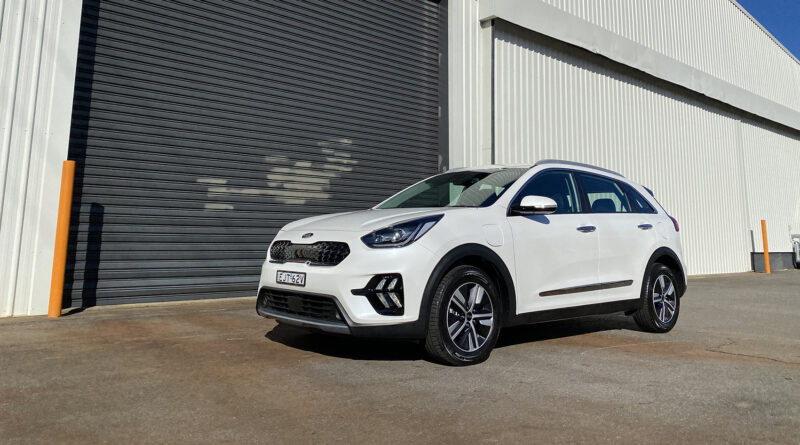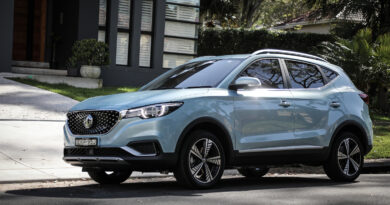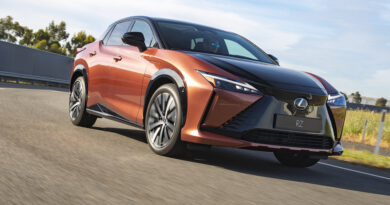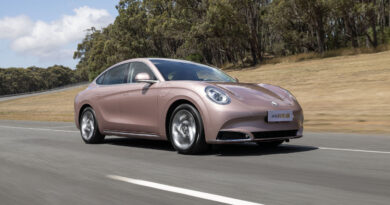2021 Kia Niro PHEV quick review
Electric when you want it. Petrol when you need it. That’s the big sell for a plug-in hybrid vehicle, and Kia finally has a player in the space with its new (for Australia) Niro PHEV.
Kia’s “three-pronged” electric strategy sees the Niro small SUV available as a Hybrid (HEV), Plug-In Hybrid (PHEV) and full electric (EV), much like sister brand Hyundai offers with its Ioniq fastback sedan.
As we’ve previously reported, Niros have been on sale globally for years. Kia Australia has only been able to bring them to market now, and by mid-2022 it will be phased out, presumably to be replaced by a new model. Kia’s not expecting big sales – just 10 PHEVs a month in fact – so Niro in its three guises is to be seen as an electrification introduction for the brand. That means for the market, dealerships and technicians – ahead of the Kia’s more compelling EV entry in late 2021/early 2022 in the shape of its EV6.
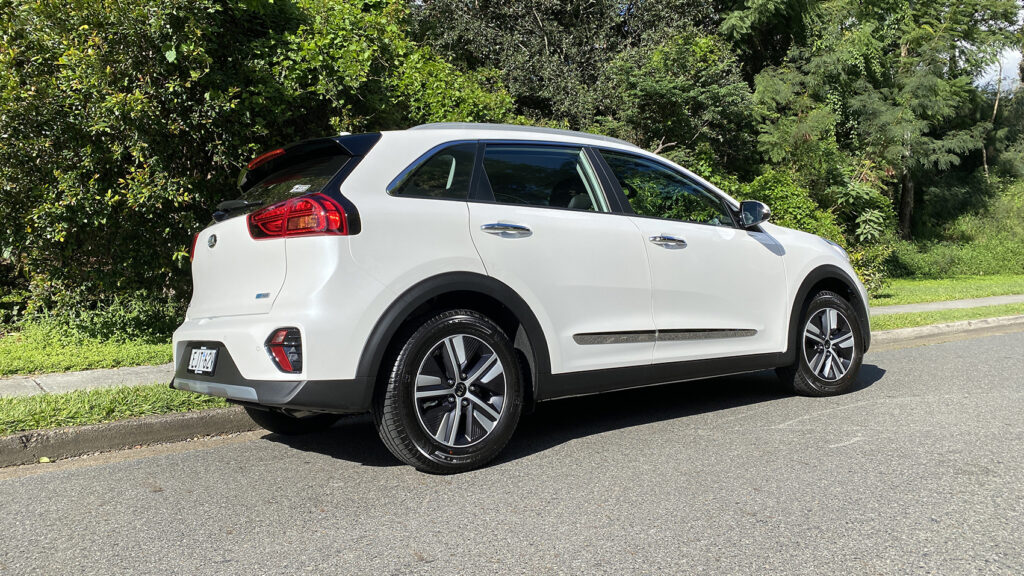
We were able to briefly test the Niro PHEV on a Brisbane inner-city route, following our comprehensive test and review of the full fat Niro Electric. This PHEV experience was short, but arguably ideal to show a plug-in in its most relevant environment: stop-start traffic, slow speed driving and covering not much distance at all. City life, eh?
With a quoted pure electric range of 58 kilometres, urban dwellers should be able to go about their daily duties with no need for the Niro PHEV’s petrol engine to burst into life. Zero emissions and zero fuel bills (both depending on how you charge it) and no need to lug around the extra battery weight required for the 455 kilometre range in the Niro EV.
Or stomach that EV’s cost. A Niro Electric is from $67,490 drive-away. This Niro PHEV’s a more palatable $49,990 drive-away for the S grade or $53,990 drive-away for a better-equipped Sport.
It still feels expensive. Plug-in rivals include the far larger Mitsubishi Outlander PHEV (54 kilometres pure electric range) from $56,490 drive-away and MG’s HS PHEV (52km range) for $46,990 drive-away. Both play in the medium SUV segment, holding more appeal to family buyers.
On the road
Under the skin is a 77kW/147Nm 1.6-litre four-cylinder petrol engine with six-speed auto gearbox. It’s assisted by a 32kW/170Nm electric motor for a combined output of 104kW/265Nm, with everything directed to the front wheels.
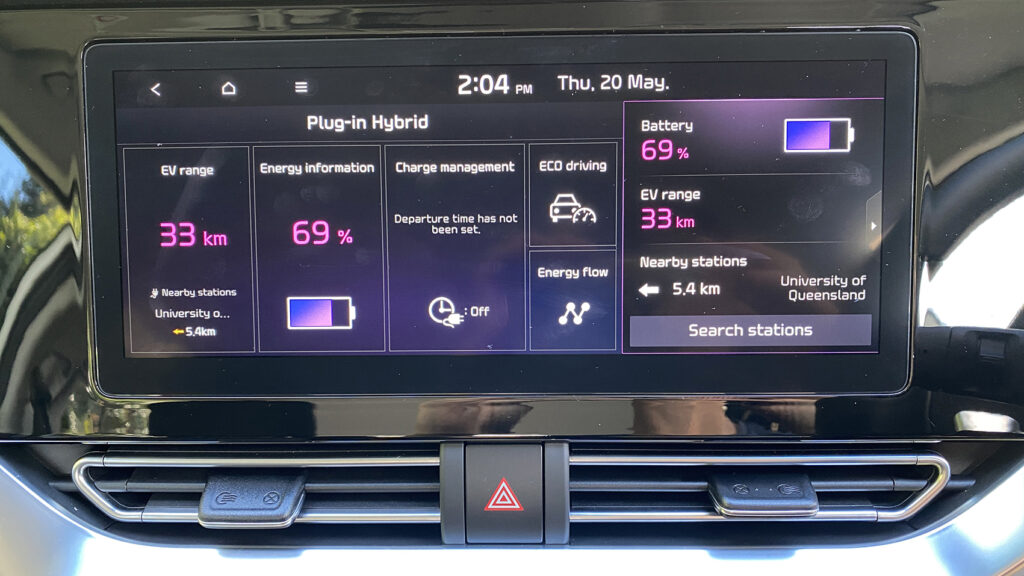
For our quick city test we didn’t want to trouble the petrol motor. PHEVs make sense when they’re able to perform the majority of their tasks only using the electric motor, the petrol engine there for the (hopefully) rare times you need to venture further than the claimed 58 kilometre range between charges.
This claimed range is with the less accurate NEDC measurement, not the more accepted (and real-world) WLTP method.
Most accurate of all is just doing it yourself. Air con on, radio on, my 37 kilometre round trip left me with 16 kilometres range remaining from the 8.9kWh battery. That’s a total of 53 kilometres. Granted, this was just one test, but shows the Niro PHEV should be able to get reasonably close to its claim.
The route involved a bit of traffic, plenty of stopping at traffic lights and the occasional stretch of 90km/h road. I’d selected EV mode to ensure the petrol engine stayed dormant. Only on a single occasion, when asking for a bit more oomph to get up a hill, did the four-cylinder chip in, sullying my economy figure and returning 0.3L/100km overall. What’s a teaspoon of unleaded between friends?
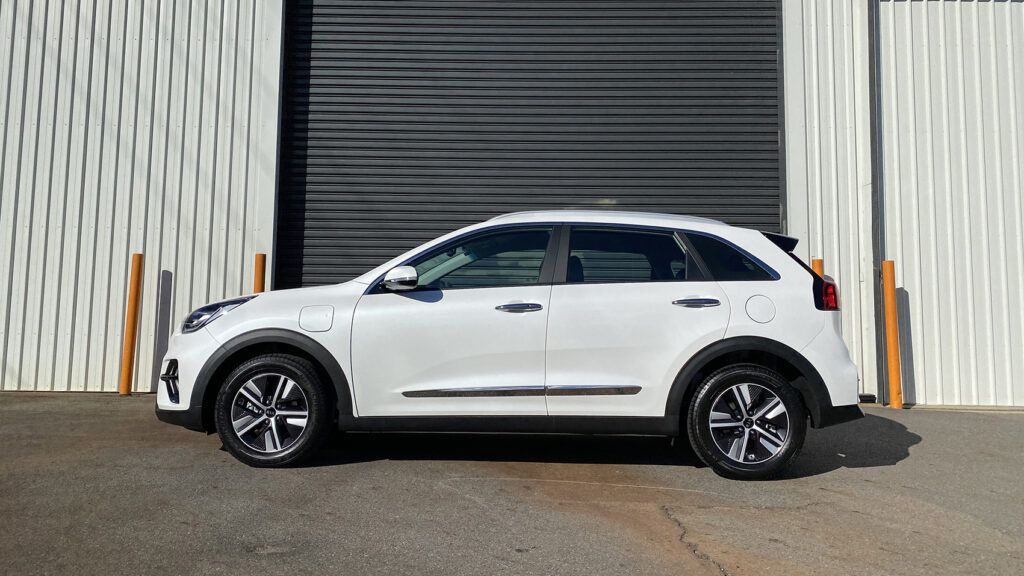
The all-electric drive mode proved comfortable, quiet and reasonably refined, except what felt like minor hesitations from the drivetrain when initially pulling away. At speed there’s the usual near-silent serenity of an electric car, the Niro doing a decent job of keeping nasty noises suppressed.
With my range test complete, I had a quick go with the Niro PHEV in ‘HEV’ mode where the petrol and electric motors are used. Moving into Sport mode the Niro feels like it’s had more of a punt up the backside. In EV mode progress can feel sluggish – necessary to preserve battery life – but it’s nice to know if you need to move swiftly you can call on the petrol engine.
Kia Australia hasn’t done its usual bespoke ride and handling work on the Niro, but the seat of my pants suggested it’s already well rounded for Australian city life. Bumps are well absorbed and the few corners it tackled proved fuss-free, the PHEV displaying the usual decent balance we’ve come to expect from the Korean brand. I can’t report on how well the Niro PHEV will handle your favourite backroad, but chances are this isn’t a priority for buyers.
Charging the Niro PHEV
AC charging only for the Niro PHEV, at a maximum rate of 3.3kW.
It means you’ll get a 100 percent charge using a wallbox in about 2 hours and 15 minutes. That said, if you just plug it into your 2.3kW household socket you’ll manage the same in about four hours.
Moving inside
The Niro has been sold overseas since 2016 in Hybrid form and since 2017 as a PHEV. The way cabins are presented has moved on significantly in that time, so the Niro’s feels somewhat dated. Not least when you compare it to the pre-launch shots of Kia’s full electric EV6.
A facelift and extra inclusions means you score decent kit inside the Niro PHEV, it just lacks anything to make you feel spoiled or special. When you’re paying $50,000 for a car – plug-in or not – you want to feel some luxe.
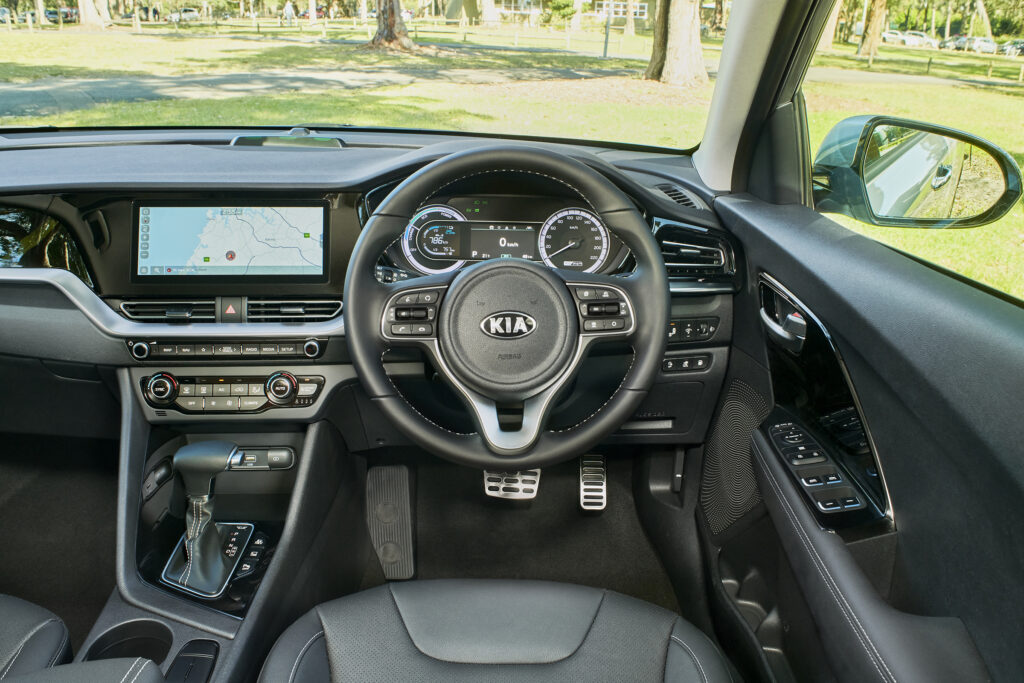
The Niro PHEV S gets an 8.0-inch infotainment screen, alloy wheels, partial leather trim, three USB charge points, digital radio tuning, auto emergency braking (AEB), adaptive cruise control, driver attention monitor, auto headlights and auto wipers. Wireless Apple CarPlay and Android Auto are very welcome inclusions.
The Niro PHEV Sport, as we tested, perversely loses the wireless smartphone capability (complicated dispute with tech giants), but adds dual-zone climate control, LED headlights, alloy pedals, ambient lighting, smart key, shifter paddles on the steering wheel, satellite-navigation, a larger 10.25-inch infotainment screen and fake leather trim.
For a small SUV it feels impressively roomy. Decent head and leg room in the back will suit two adults – three at a push – but the boot at just 324L means it isn’t the most practical for families.
Verdict
Only a short test, but enough to pick apart the Niro PHEVs good and not-so-good points.
Positively, it’s easy to drive, comfortable and reasonably well-equipped, and if your daily use is under 50 kilometres – think school run or typical work commute – you can make a decent case for PHEV life as you’ll rarely need to put petrol in your tank. For practicality sake, having a garage or an off-street place to charge is really a necessity for this sort of use.
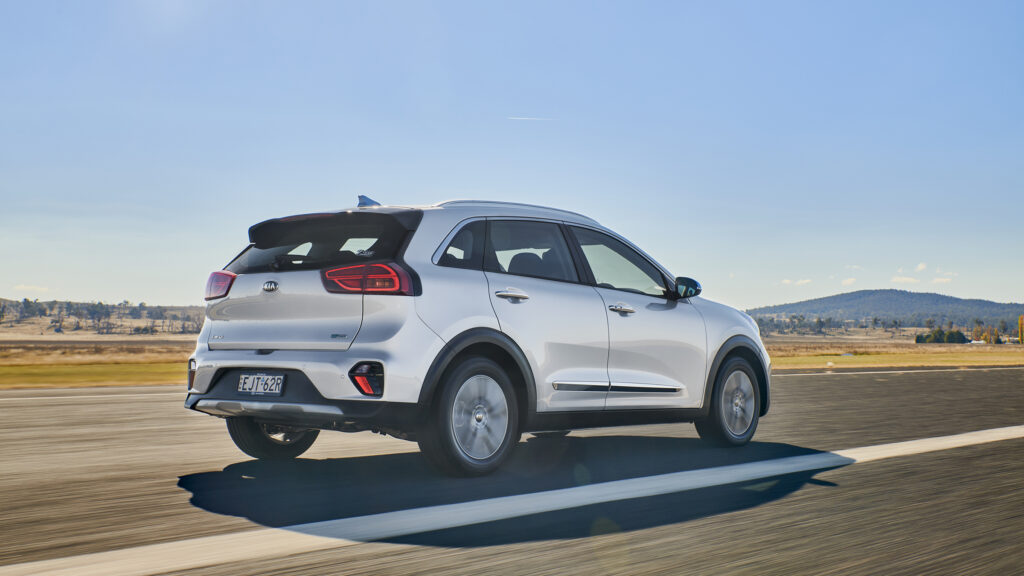
In all-electric mode it behaves very similarly to an electric car, albeit with none of the rapid acceleration they offer – the Niro PHEV really needs to preserve its battery life. Ask it for any sort of decent acceleration and the petrol engine will join the party.
Sadly, the Niro PHEV just feels like too much of an aged product to get excited about, especially when you consider its purchase price. The same, of course, can be said of the full electric Niro too.
As Kia moves to an exciting electric future with the EV6, the Niro PHEV seems too much of a stop gap offering to heartily recommend. It may suit a very niche quasi-EV convert urbanite, and as a PHEV it serves its purpose well, but even Kia admits sales are expected to be glacial.
Kia Niro Plug-in Hybrid (PHEV) specifications
Price: $49,990 drive-away (S), $53,990 drive-away (Sport)
Drivetrain: 1.6-litre 4-cyl, 44.5kW/170Nm electric motor
Power/torque: 104kW/265Nm
Charging: 3.3kW AC
Range: 58 kilometres (NEDC)
Fuel use: 1.3L/100km (S and Sport)
Luggage capacity: 324L

